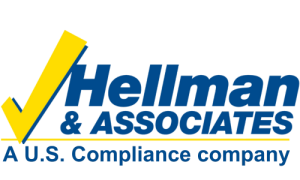GENERAL SPILL RESPONSE PROCEDURES
Generally, the steps to mitigate a spill are the same, regardless of the source or material spilled:
- Evaluate the situation and identify the hazards.
- Stop the discharge.
- Contain the spilled product.
- Report the spill to the appropriate authorities if applicable.
- Clean-up the spilled product as soon as possible.
- Use good judgment throughout.
The initial evaluation should be a quick look to determine what steps should be taken immediately, and if additional help is needed. Refer to the MSDS for proper material handling equipment, materials, and procedures.
Stopping the discharge as soon as possible is the most important step. No attempt should be made to stop a leak if undue risk is involved. Many chemicals require special handling, equipment, and procedures. If the equipment or knowledge is not at hand, you should wait until the necessary help arrives. Failure to do so could result in fire, or explosions, and could also make the spill impact worse. All possible sources of ignition are to be shut off (motors, electrical equipment, electrical circuits, open flames, and any other possible sources of sparks or fire).
Containing the spill and stopping its spread should immediately follow or be concurrent with stopping the leak. Employees may employ several methods to contain the product spilled on the ground, such as building a dike around it, plugging or otherwise protecting all storm drains, sewers, water, and soil. Smaller spills may simply be contained with the use of absorbent material (granular material, pads, booms, etc).
Report the spill to the appropriate authorities if it exceeds the reportable quantity or threatens any waterways.
Cleaning up the spilled product involves removing the product from the environment and restoring the environment as much as practicable. The contaminated sorbent materials can be placed into the original drum or 5-gallon buckets with a lid and moved for disposal back at the CRM facility. Adsorbent materials can be placed with the oil filters or used anti-freeze drum for future disposal by a waste contractor. Liquids which have soaked into the soil may have to be excavated. We want to ensure the spill does not leave the pavement or asphalt!
Use Good Judgment: The response actions presented in the above paragraphs outline general methods that may be utilized to contain spilled material. Since spills can occur in an infinite number of situations and circumstances, it is impossible to provide specific instructions for every event. Therefore, response personnel must exercise their own good judgment and common sense when implementing spill containment measures to achieve the primary objective of safely confining the spilled material to minimize impact to human health, physical property and the environment.
